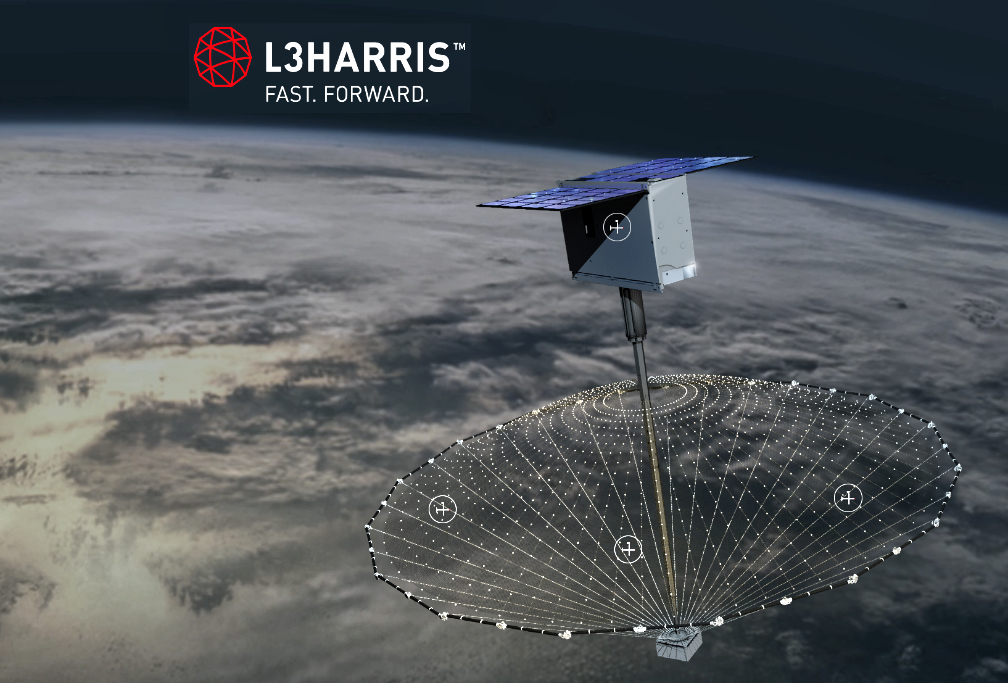
In February of 2021, L3Harris was selected to develop and deploy the ground system command and control (C2) for NOAA’s environmental satellite program, Space Weather Follow On (SWFO).
The SWFO program is comprised of two projects: CCOR on the GOES U spacecraft and the Space Weather Follow-On L1 mission (SWFO-L1).


Artistic rendition of the GOES-R satellite on-orbit.
L3Harris will perform up to two years of operations support for the SWFO observatory as part of this contract. The SWFO mission will use the ground system for NOAA’s Geostationary Operational Environmental Satellites-R (GOES-R). L3Harris’ Advanced Baseline Imager (ABI) is the primary payload onboard GOES-R and the company designed and built the scalable ground system for the satellite.

The SWFO spacecraft will collect space weather data, such as continuous data from coronal mass ejections and solar flares, that can damage spacecraft and disrupt electrical power grid and communications and will provide an advanced warning for such events.
Scheduled to launch in 2025, the SWFO mission is planned as a ride share with the NASA Interstellar Mapping and Acceleration Probe.
Plus, in related news, L3Harris delivered the Cross-track Infrared Sounder (CrIS) instrument for NOAA’s Joint Polar Satellite System-2 (JPSS2) in January of 2021. The advanced CrIS instrument provides detailed, three-dimensional temperature and moisture data from both the Suomi National Polar-orbiting Partnership and JPSS/NOAA satellites. JPSS-2 is the second of NOAA’s latest generation of U.S. polar-orbiting, non-geosynchronous, environmental satellites.

More information on NOAA’s SWFO mission is available at this direct link…

“The Space Weather Follow On (SWFO) Command and Control contract awarded to L3Harris Technologies confirms NOAA’s ongoing confidence in us to deliver a mission-relevant capability which meets their needs,” said Rob Mitrevski, Vice President and General Manager, Spectral Solutions, Space and Airborne Systems, L3Harris. “L3Harris initially designed the GOES-R ground system as an Enterprise Solution scalable to efficiently add new missions, such as SWFO, and deliver critical data to a variety of end users.”
